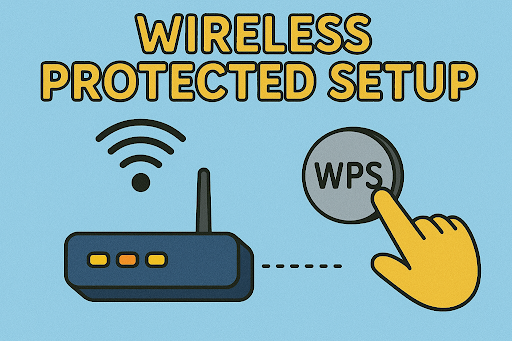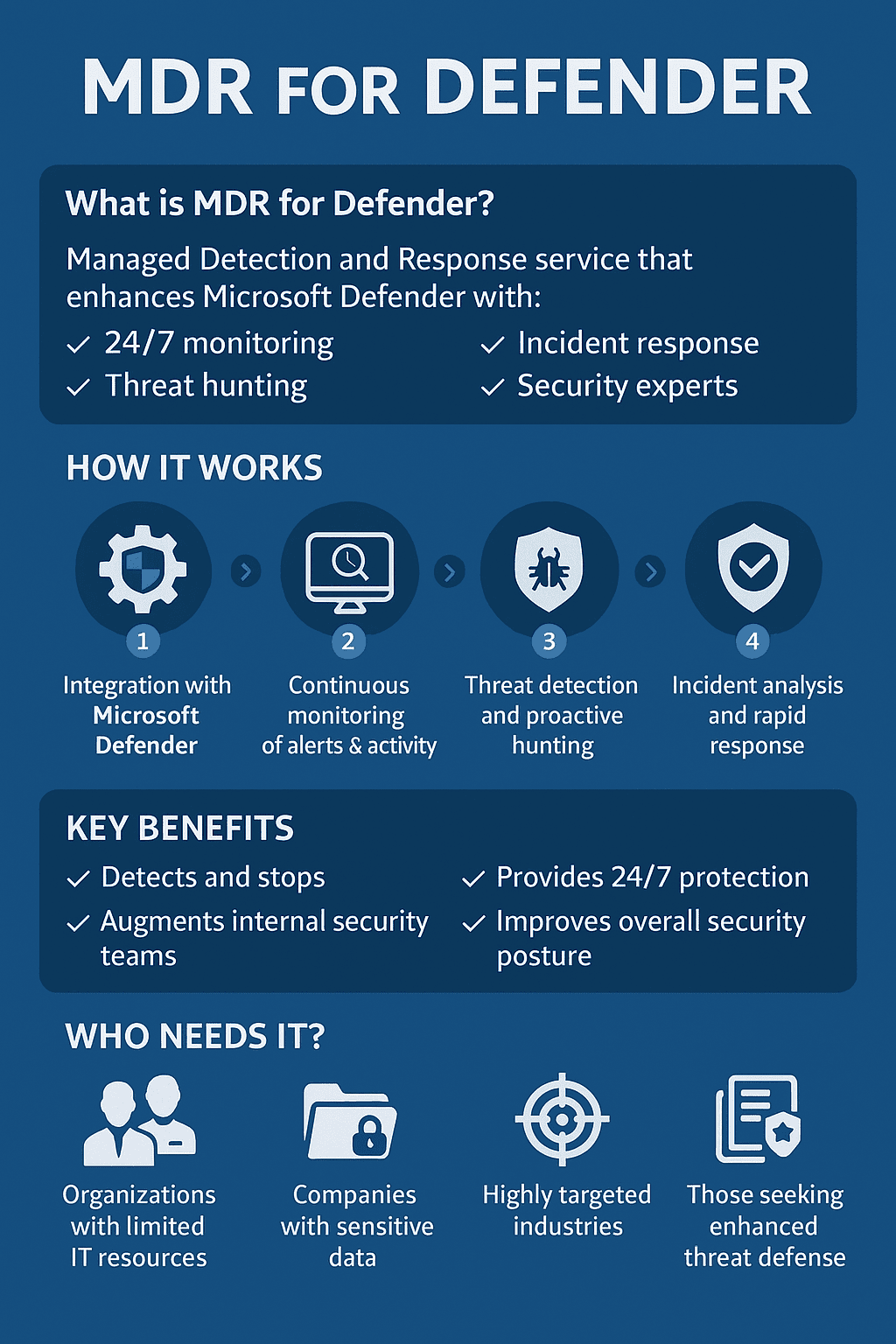What Is Wireless Protected Setup? Everything You Need to Know
Updated on June 19, 2025, by Xcitium

What is Wireless Protected Setup? For many users, WPS offers a quick and easy way to connect to Wi-Fi without typing a long password. But with convenience comes potential risk. Whether you’re a cybersecurity professional, IT manager, or simply managing your business’s Wi-Fi, understanding WPS is crucial for protecting your network.
In this guide, we’ll explore the wireless protected setup meaning, how it works, common use cases like wireless protected setup Windows 7, the WPS PIN method, and its overall security implications.
What Is Wireless Protected Setup (WPS)?
Wireless Protected Setup (WPS) is a network security standard designed to simplify the process of connecting devices to a secure wireless network. Developed by the Wi-Fi Alliance, WPS allows users to connect devices with a push button or PIN—without needing to manually enter the Wi-Fi password.
Wireless Protected Setup Meaning
WPS makes it easier to configure wireless networks with WPA or WPA2 encryption by streamlining the authentication process.
Primary Connection Methods:
- Push Button Configuration (PBC)
- PIN Entry Method
- Near Field Communication (NFC) (less common)
- USB Method (rarely used today)
How Does Wireless Protected Setup Work?
Push Button Method
You press the WPS button on your router, then press a similar button on your device (or select WPS from software settings). Within seconds, the device joins the network securely.
PIN Entry Method
Every WPS-enabled router has an 8-digit PIN printed on it. Enter this PIN into your device to establish a secure connection.
Example: On a printer, you might navigate to wireless settings > WPS PIN, then enter the router’s PIN to connect.
Wireless Protected Setup on Windows 7
Windows 7 natively supports WPS. Here’s how you’d use it:
- Go to Control Panel > Network and Sharing Center
- Click Set up a new connection or network
- Choose Manually connect to a wireless network
- Select WPS (Wi-Fi Protected Setup) when prompted
Pros and Cons of WPS
✅ Advantages:
- Quick, user-friendly Wi-Fi setup
- Ideal for non-technical users
- No need to remember complex passwords
❌ Disadvantages:
- Vulnerable to brute-force attacks on the WPS PIN
- Some routers don’t let you disable WPS
- Less secure than WPA3 or advanced manual setup
Wireless Protected Setup PIN: What You Need to Know
The WPS PIN method is widely used, but it’s also the most vulnerable. The 8-digit PIN (often printed on your router) can be guessed using brute force techniques, especially because the PIN is validated in two halves, reducing the number of combinations needed.
Security Best Practices:
- Disable WPS if your router allows it
- Use WPA3 or WPA2 encryption without WPS
- Change default router admin credentials
- Keep firmware updated
Is WPS Safe to Use?
While WPS is convenient, it introduces security risks. According to cybersecurity experts, enabling WPS—especially with the PIN method—makes your network susceptible to attacks.
Common Threats:
- Reaver Attacks: Automated PIN brute-force tools
- Wi-Fi Phishing: Exploiting user trust in WPS
- Unauthorized Access: Especially if router defaults are unchanged
Recommendation:
For businesses and cybersecurity-conscious users, it’s best to disable WPS and configure network settings manually with strong WPA2 or WPA3 encryption.
Alternatives to WPS for Secure Wi-Fi Setup
- Manual Network Configuration
- Set SSID and password manually
- Use strong passphrases (12+ characters)
- QR Code Setup
- Some routers and devices support QR-based network joining
- WPA3-Personal Mode
- Offers better protection without needing WPS
Who Uses WPS and Why It Matters
Common Use Cases:
- Home routers
- Small office setups
- Printer and IoT device connections
Not Recommended For:
- Enterprise networks
- Cybersecurity-sensitive environments
- Networks with guest or open access policies
Industries That Should Be Wary:
- Finance: Data confidentiality is critical
- Healthcare: HIPAA compliance requires secure networks
- Retail: POS systems should not use vulnerable Wi-Fi setups
FAQs About Wireless Protected Setup
1. What is wireless protected setup used for?
WPS is used to connect devices to a secure Wi-Fi network without entering a password manually.
2. Is WPS available on all routers?
Most modern routers have WPS, but newer models may disable it by default due to security concerns.
3. Can I disable WPS on my router?
Yes, most routers allow you to disable WPS via the admin panel. Check under wireless or security settings.
4. What is the wireless protected setup PIN?
It’s an 8-digit code printed on your router used to authenticate WPS connections. It’s often the weakest link in WPS security.
5. Is WPS supported in Windows 10 and 11?
While not prominently featured, WPS can still be used if supported by your device and router.
Final Thoughts: Should You Use WPS in 2025?
Understanding what is wireless protected setup is crucial for anyone managing a secure network. While WPS offers speed and simplicity, its vulnerabilities outweigh its benefits in most modern environments. Businesses, in particular, should disable WPS and adopt more robust methods of network security.
Ready to secure your organization’s wireless environment the right way? Request a demo from Xcitium today.















